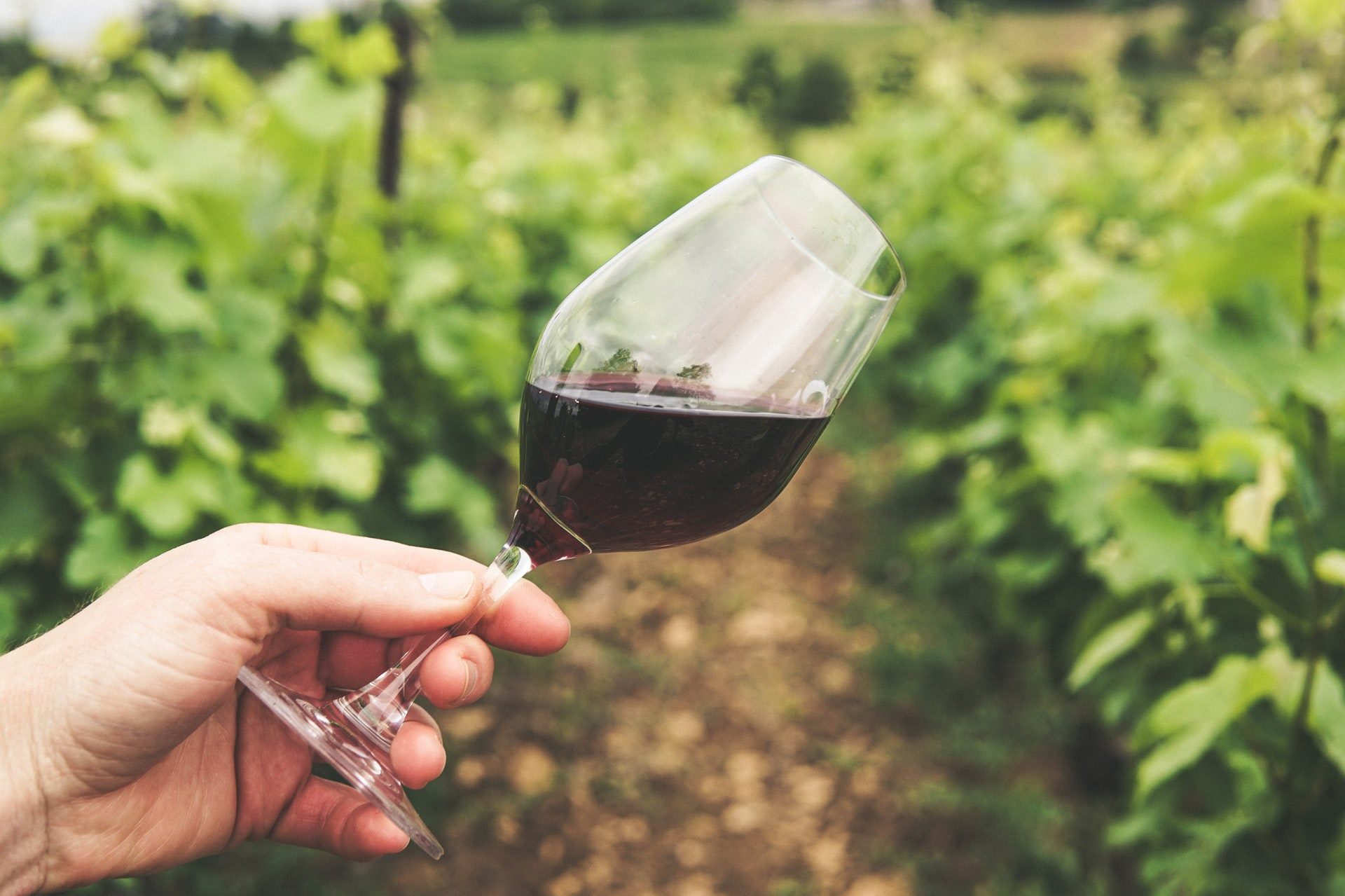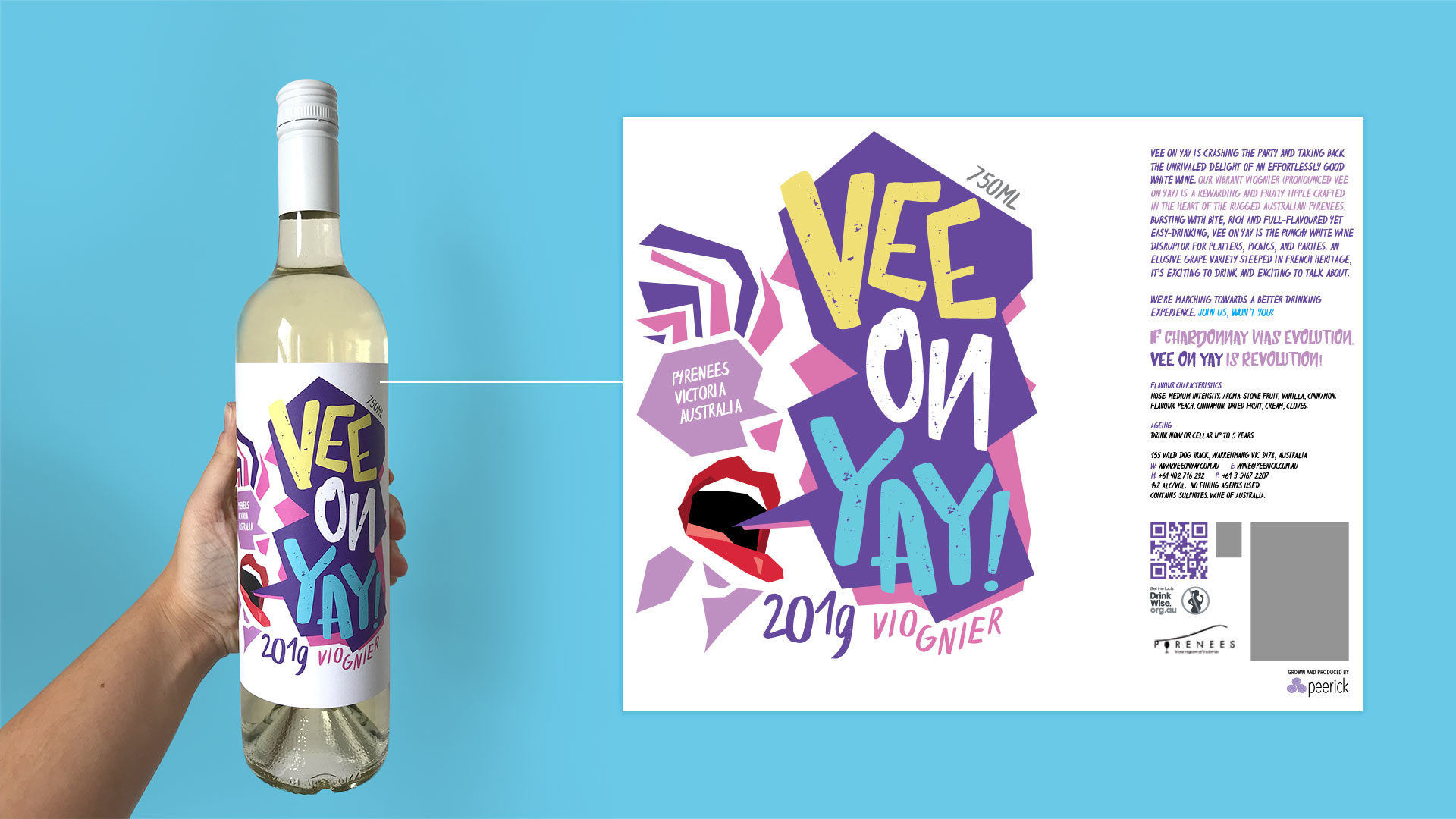
You've probably seen the news by now if you're anywhere near part of the industry: due to various reasons including the Australian Federal Government's decision to ban Huawei from 5G networks and forming a new defence pact with Japan, China has hit Aussie wines with tariffs, ranging from 107-200%. The wine industry is only the latest casualty of China's growing disagreement with Australia -- the tariffs started on barley earlier this year, moved on to cotton, lobsters, timber and more.
The chairman of Yalumba Wines, Robert Hill-Smith, has called the $1.3billion export market to China a "basket case". 39% of Australia's wine exports were sent to China prior to the tariffs, a market that has since effectively collapsed. This has two immediate issues for local wine producers big and small:
- Softening demand and prices: in the third quarter of 2020 as it is, the volume of Australia's wine exports fell in value by 20%, and is likely to fall even further post-tariff; and
- Wine from the 800 or so producers that would've gone to China flooding local and alternative markets.
If you're an Aussie winemaker of any size, either of the above would be a cause for concern. Given the pandemic, the oncoming recession, high supply and lower demand and prices, a possible second fiery summer season and worse, it's probably tempting right now to sidle into your cellar, crack open a bottle of your finest, and drink until the new year. If that's what you're doing, we respect you -- more power to you. If not: we're here to help.
A Hardbasket Year for Everyone
The below image sums up what the year has been like in general for everyone:

Australia's economy hasn't done as badly after COVID-19 as the International Monetary Fund had projected, though it'd likely still take years to recover from high unemployment and government debt. The economy is slated to contract through the end of this year before finally growing slightly by 3% in 2021, though unemployment is forecasted to increase to 7.7% through 2021. While the Federal Government's plan is focused on trying to get businesses to hire more and more securely, if a vaccine doesn't arrive, or if there's further outbreaks or other shocks to the system, things could backslide.
Consumer sentiment might rise next year, but will remain negative overall -- Aussies are projected to remain uncertain about the economy, job losses, house prices and more. Household discretionary income is expected to decline by 7.8%, particularly after the government scales back fiscal stimulus. On top of all that, Victoria lost its AAA credit rating. There was a spending spike after lockdown, but with households tightening their wallets because of uncertainty, job losses and worse, 2021 looks set to be another challenging year for wineries. If all this is making you eye your cellar door and your emergency batch of wine, we don't blame you. Navigating a way out is likely going to need any measure of luck, a strong brand presence to stand out on the shelf next to your competition, and a bit of creative marketing.
Cool Things Other People are Doing
Bonterra Organic Vineyards' 2020 ads poked fun at "wine snobbery" while reaching out to wine fans who might enjoy not just the lighthearted humour but the brand's focus on sustainability, creating a memorable ad that still pushes the client's brand promise. In today's saturated space, marketing will not only need to push the envelope to get noticed, but also to convince pessimistic customers to commit to purchasing one wine brand over another that they might already prefer.
WBM also asked a few winemakers what they would do if they were given $1m for marketing. Answers ranged from going to France for research, hiring a marketing manager, and significantly improving digital spend. Going forward, an increased and robust digital presence is likely the best way forward for any beverages producer: from ad spend to partnerships, social media initiatives and more. With 75% of millennials saying that they'd spend more on wine if they could, that's also a market to address seriously, with creative that has to be made to appeal to the millennial market.
Vee On Yay: A Starship Case Study

Our client, Peerick, decided to create a Viognier line marketed at appealing to millennials. Poised to become the largest wine-drinking generation by 2026, we decided to make an early start: by creating a wine label that looked fun, stood out as something different on the shelf, and all for a wine that tasted as great as it looks, all the while being easy to drink.
Some tips:
Buckle down: it's going to be rough seas ahead in 2021. A few things that could help tide you over:
- Find new markets to appeal to -- whether overseas, or to new demographics, or more
- Partner with other brands and events, even unusual, left-of-field ones
- With domestic tourism likely going to be stronger going ahead before a vaccine is released, push cellar door events where possible
- Go digital -- both with online deliveries, newsletters, wine clubs, social media, and other initiatives
- Pray to the wine gods old and new
Best of luck. If you'd like to have a chat about the industry moving forward, get in touch.
